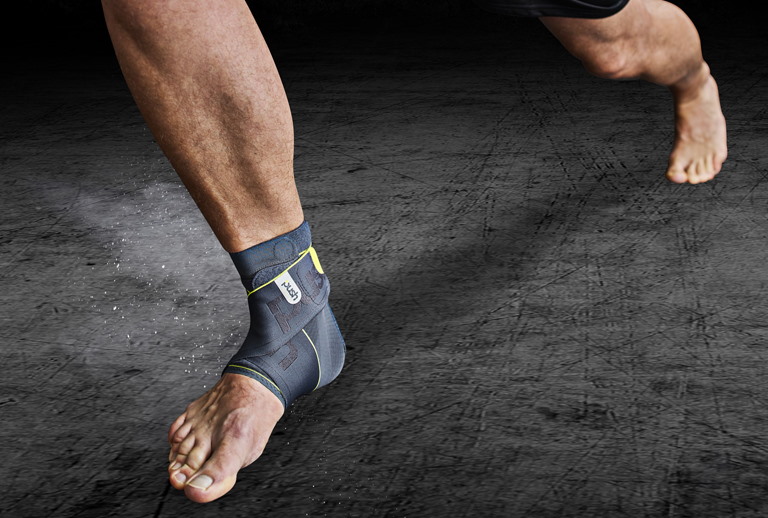Ankle Sprains – Understanding When You Need to See a Physiotherapist

Injuries are a fact of life, the more active you are the more likely it is that you will injure yourself. But, it is also true that physically fit people have stronger ligaments and tendons, effectively reducing the likelihood of serious injury occurring.
What Is A Sprained Ankle?
Your ankle is a series of joints that allow your feet and legs to connect while enabling movement in virtually all directions. The joints are supported with cartilage to allow them to move smoothly against each other. They are also surrounded by muscles, ligaments, and tendons which give strength to the ankle.
A sprain happens when one of these supporting elements, muscles, ligaments, and tendons, is injured. The result is a pain in your ankle which can affect your ability to place weight on it.
In addition, your ankle will become inflamed. This is a protective mechanism undertaken by your body. In effect it surrounds the injury with fluid, protecting it from further harm and helping promote nutrients and fluids to the site to aid recovery.
Recovery Time
The length of time it takes to recover from a sprained ankle will depend on the severity of the sprain. A mild sprain should be tender but heal within 2-3 weeks. A more serious strain can take as long as 4-8 weeks to heal, while a serious strain can take several months. In most cases, the most serious sprains involve a ruptured ligament or tendon and a broken bone. You are likely to need emergency medical help.
Seeking Help
With the most serious strains, you will probably go to the emergency room for assistance and they will guide you through the recovery process. Part of this will be seeking the assistance of a physiotherapist to help rebuild and strengthen the joint.
But, if you have a mild or medium-level strain you may not know when to see specialist help. The general rule is to visit a doctor if it is not showing signs of improvement after 2 weeks. A qualified and reputable physiotherapist Concord will show you the best exercises and monitor your recovery to ensure you regain full use of the affected ankle.
The First Few Days
When you first injure your ankle, assuming you don’t need to go for emergency help, you should follow this protocol:
-
Elevate
Your ankle is low on your body which means fluids will automatically collect there. To help reduce inflammation keep the leg elevated as much as possible. Icing can also help to lower blood flow and reduce inflammation, but don’t ice for longer than 5 minutes at a time.
-
Protect It
It is essential to avoid doing anything that will aggravate the injury. If you move the leg or ankle and it is painful then avoid doing that movement for several days.
-
Use A Compression Bandage
Compression bandages or tape are designed to reduce inflammation while encouraging adequate blood flow. It is a good idea to do this.
-
Listen
You should listen to your body and the professionals. This will help to reduce your recovery time.

